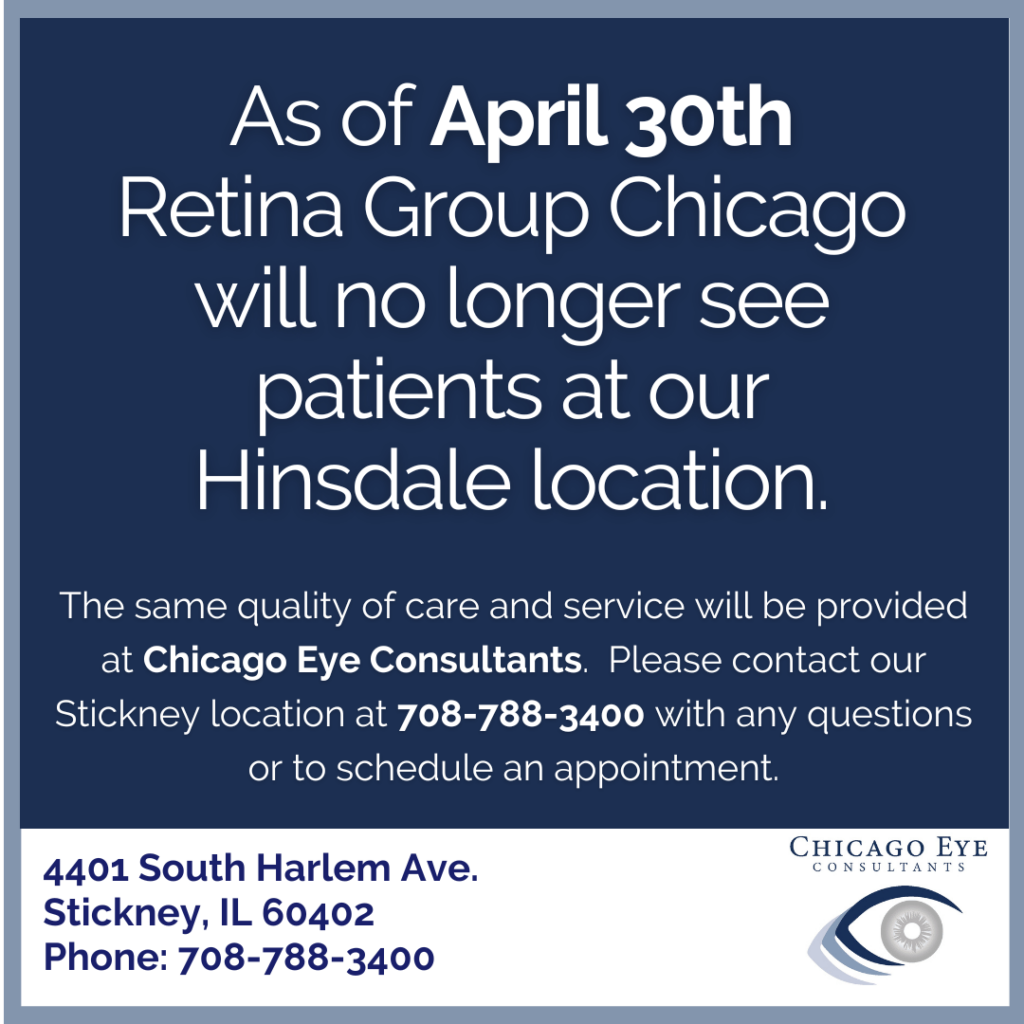The Optical


Due to distancing requirements because of the pandemic, patients seeking optical adjustments, fitting, repairs, and pick-ups are required to schedule appointments.
Frames
Eyeglasses help to correct refractive errors such as nearsightedness, farsightedness and/or astigmatism. There is a large variety of lenses available to meet the individual needs of each patient.
- Single Vision Lenses: Single vision lenses have only one viewing area through the lens. They are used to correct far distance, near distance or reading.
- Multi-focal Lenses: The term “multi-focal lenses” refers to any glass lens or contact lens that contains more than one strength. These are especially helpful for people with presbyopia due to their ability to correct near and far vision simultaneously.
- Bifocal Lenses: Bifocal lenses have two viewing areas through the lens, allowing for near and far vision to be corrected within one lens.
- Progressive Lenses: Progressive lenses, or “no-line bifocals”, provide vision correction for multiple ranges – close objects, far objects, and intermediately ranged objects. Unlike traditional bifocals, however, progressive lenses are made so that the different strengths within the lens appear smooth and gradual, instead of the noticeable “lines” in traditional bifocal glasses.

Pre-Visit Prep
Get Ready For Your Visit

Sunglass Color Selector
Choose The Sunglasses That Match Your Style
Lenses
Contact lenses are an alternative to glasses for correcting refractive errors. A contact lens is a clear, thin disc that fits perfectly over the front of the eye, also known as the cornea. There are numerous kinds of contact lenses available to fit almost any patient’s needs.
- Colored Contacts: There are four kinds of colored contact lenses. Visibility tints do not change the color of the iris and are only for helping the contact lens to be seen during insertion and removal. Enhancement tints further define, but do not change entirely, the color of your eyes. Color tints are mostly opaque and can entirely change the color of the eye. And light-filtering tints, usually made for sports purposes, help the wearer more easily identify objects of a particular color.
- Multi-focal Contacts: Like multi-focal eyeglasses, multi-focal contacts contain different strengths on the same contact lens, providing the wearer improved near and far visions. The wearer’s eye receives multiple visual signals from the different strengths on the contact lens, but learns to effectively ignore any but the most useful image depending on the situation.
New to Contacts?
Care of Contact Lenses
To help maintain the healthiness of your eyes and superior vision, it is important that you carefully follow the instructions of properly caring for your contact lenses.
- Always wash your hands with soap before handling your contact lenses.
- Before inserting your contact lens into your eye, use a contact cleansing solution to cleanse thoroughly.
- Always insert contacts prior to applying any cosmetics.
- After inserting your contacts into your eyes, empty your contact case and rinse thoroughly with warm water, and allow it to air dry.
- Never wear your contacts overnight, as it may lead to an infection in the cornea.


